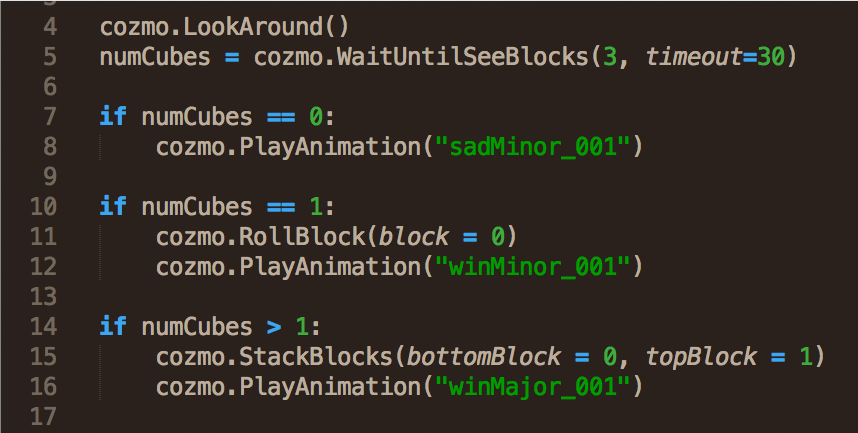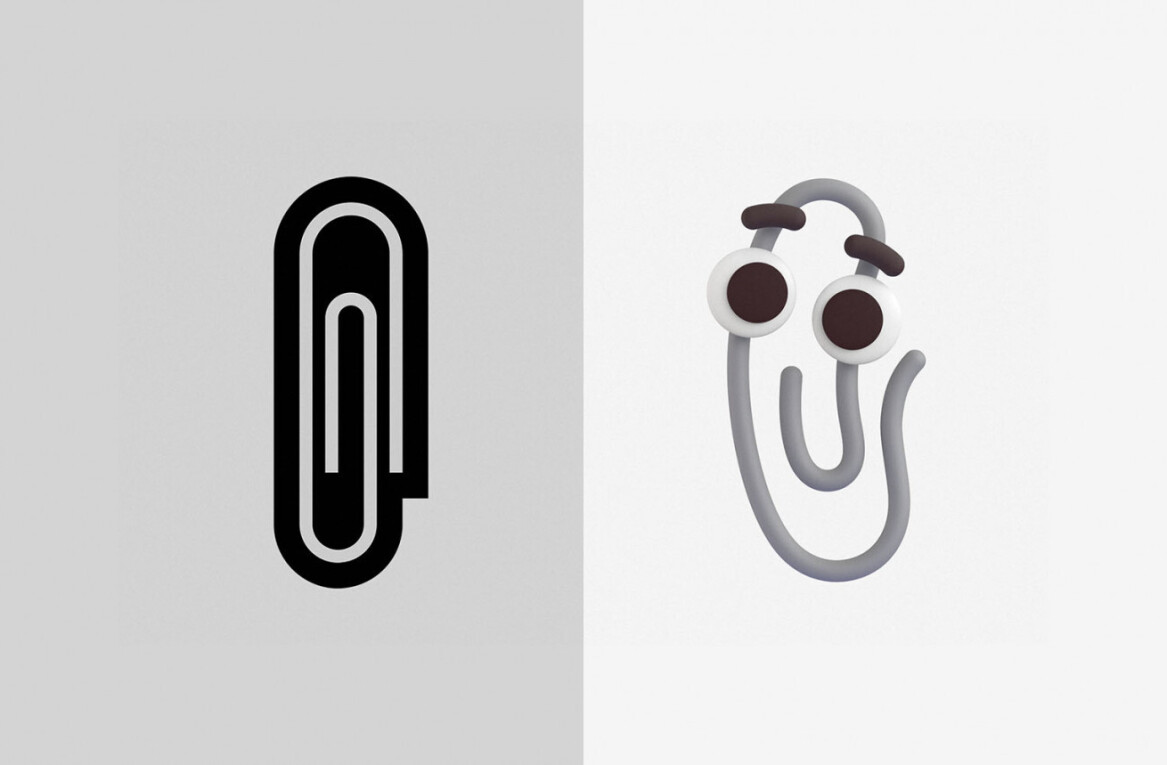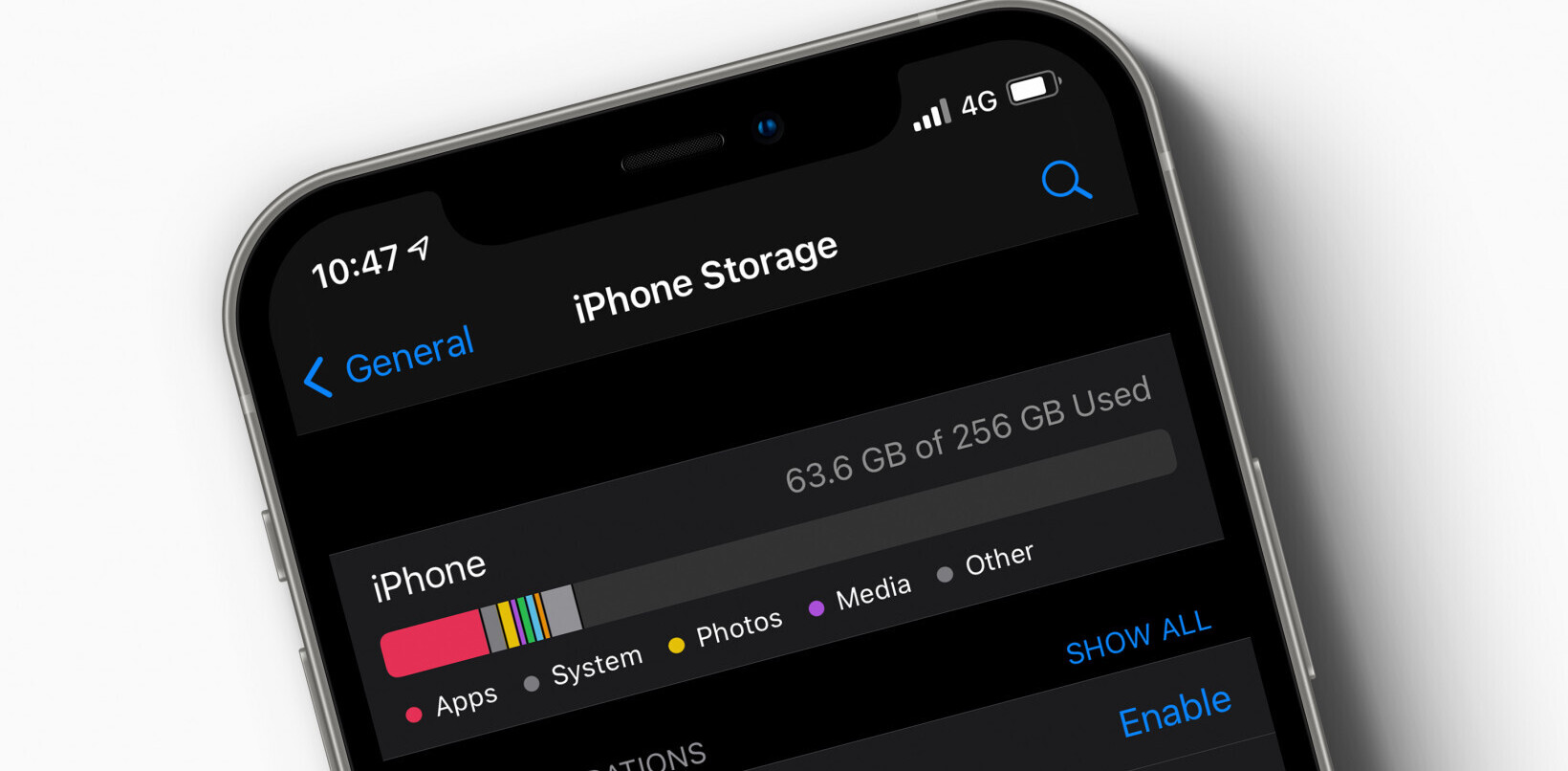
For grown adults, there’s no better feeling than coming across a gadget or toy that makes you feel young again – that’s what makes Anki’s newest robot, Cozmo, so charming.
The robot, reminiscent of Wall-E and Eve in one body, is designed to look and feel like a Pixar character come to life. His facial animations and body movements are incredibly fun to interact with, but underneath all this cuteness are some serious robotics that Anki wants to share with developers and researchers to turn Cozmo into the ultimate learning tool.
When Cozmo becomes available in October, Anki will release SDKs to let developers create their own Cozmo functions. The SDK simplifies complex functions, like path planning and facial recognition, into a single line of code which makes complicated tasks extremely easy to program.
I sat down with Anki co-founder Hanns Tappeiner and tried out a few programs. We started with simple tasks, like having Cozmo react curiously if he sees a face he hadn’t seen before (i.e. mine versus Tappeiner’s.) As you can see in the screenshot below, Cozmo can also tell if I was smiling, neutral, or sad.

Then, we tried something more complex: If Cozmo sees more than one block, he should stack one on top of the other. While this was only about four lines of code, a lot goes into each line, Tappeiner said. A single line like “LookAround” accounts for Cozmo recognizing objects, how many there are, and how to navigate between them.
The SDK also tells him how to position himself to pick up the object and accurately stack without having to manually teach Cozmo how to safely move around obstacles.

Tappeiner says there are lots of use cases for this type of SDK – developers can create new games based on facial and 3D object recognition, behavioral researchers can see how children respond to robotic toys, and kids can program their Cozmo to be nice to their family members or growl at a younger brother when he comes into the room.
Cozmo’s not perfect. There were times when Tappeiner inserted a code and Cozmo utterly failed at completing the task, but the trial and error is part of the fun – especially for novice coders like yours truly.
Tappeiner says the SDKs will release in stages starting this fall: first, a beta SDK for developers, then an educational version, followed by one for third-party apps. Cozmo is available on October 16 for $179.
Get the TNW newsletter
Get the most important tech news in your inbox each week.





